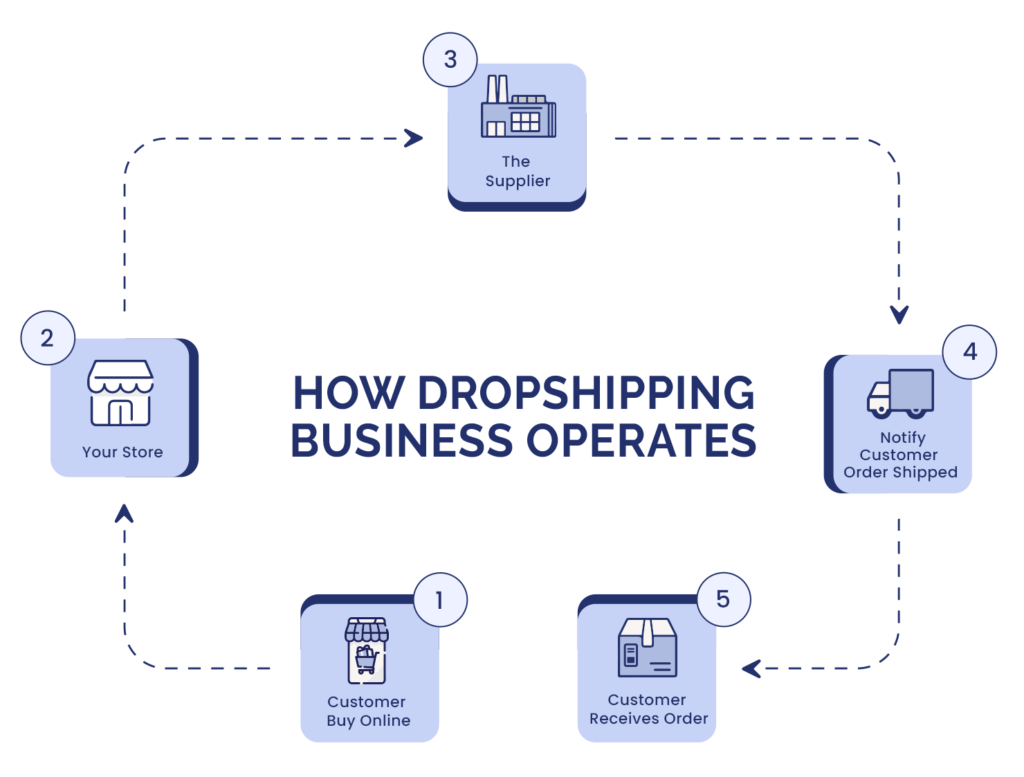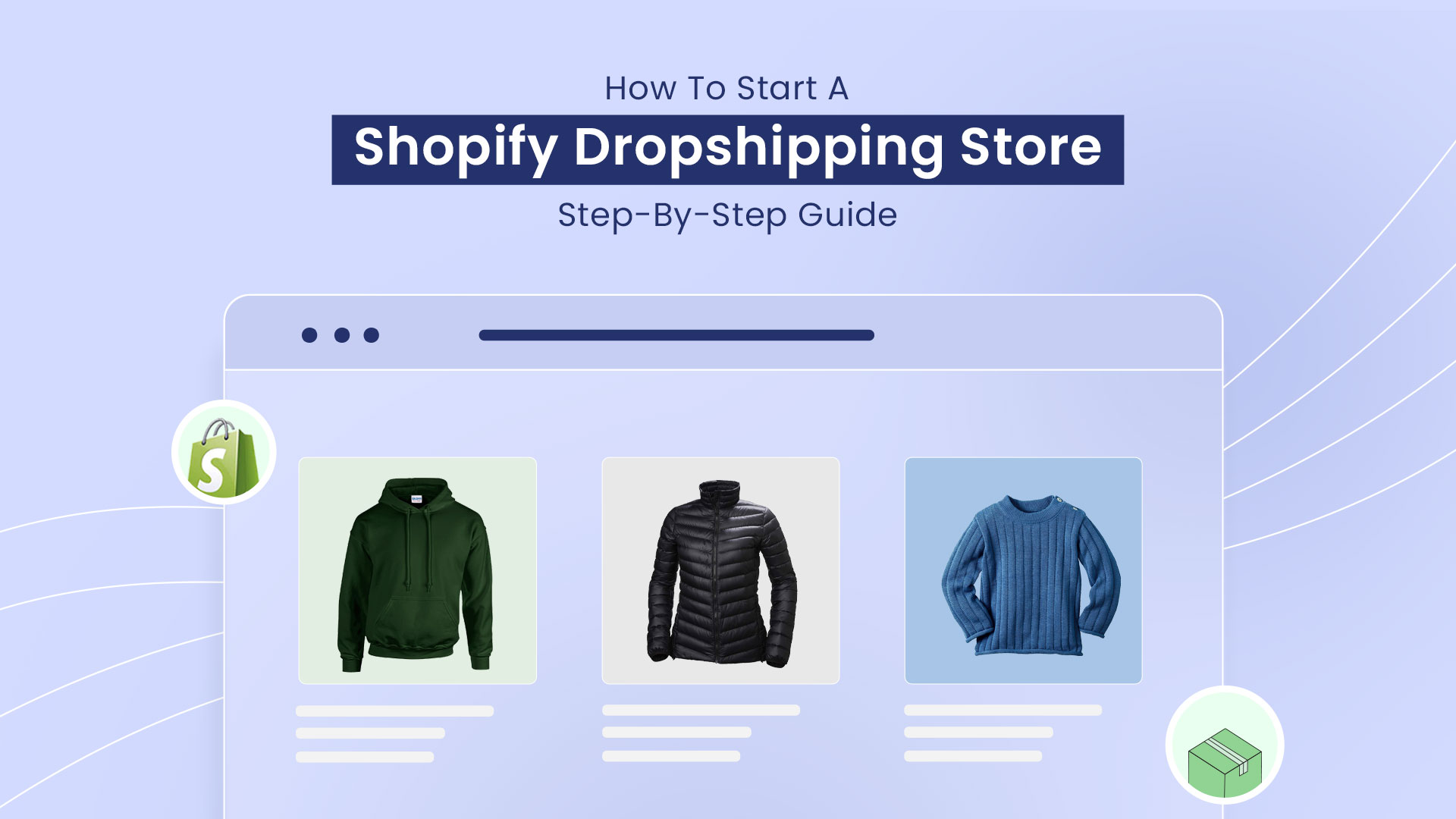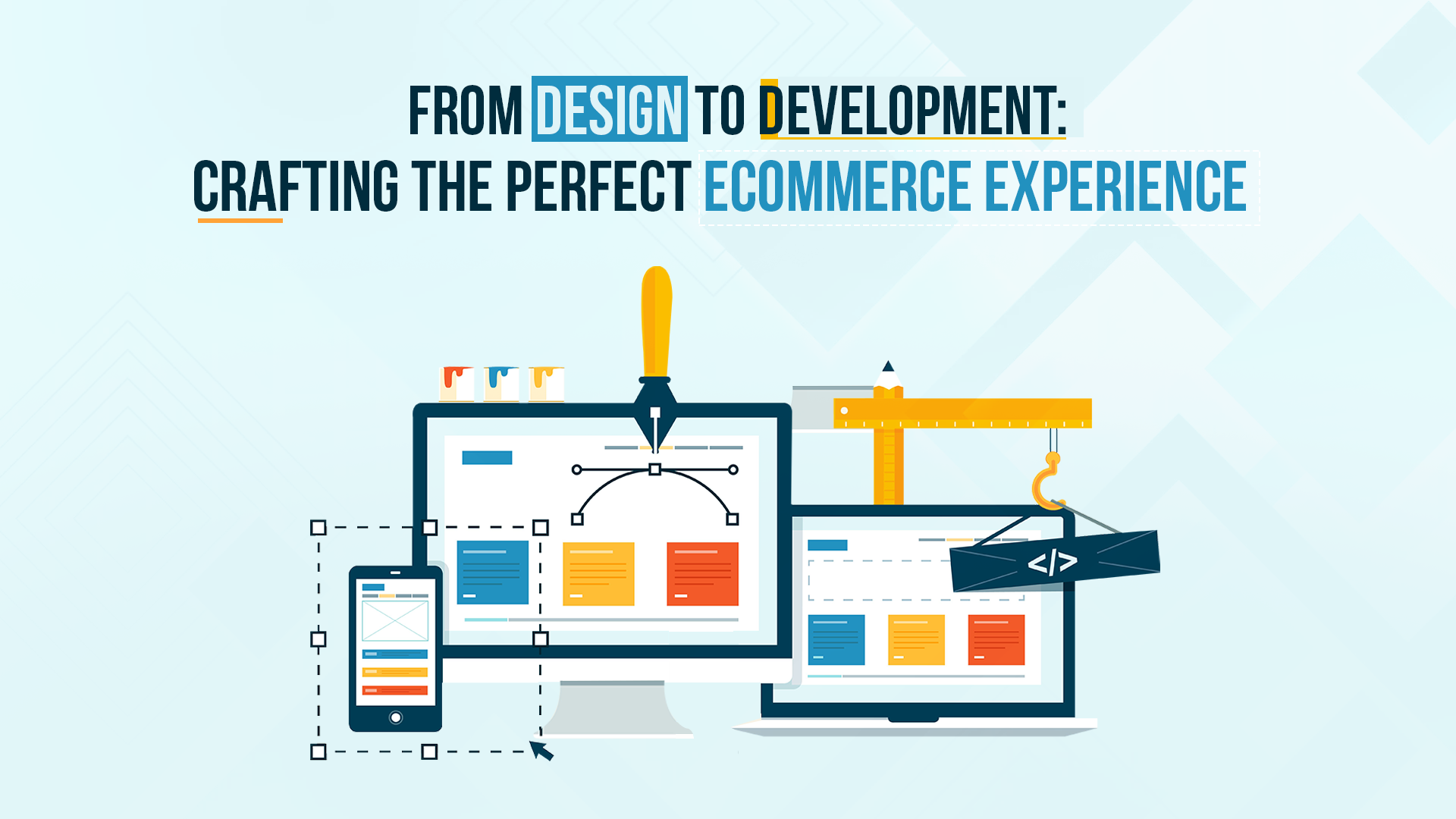Are you thinking about starting a dropshipping business?
Shopify could be your perfect partner on this journey. It’s a fantastic platform that takes the hassle out of setting up and running an online store. The best part? You won’t need to worry about storing inventory or dealing with shipping hassles.
With dropshipping, the game is simple: you buy products from a supplier, and they take care of shipping them straight to your customers. No headaches about extra costs or storing stuff.
For new entrepreneurs, dropshipping offers a low-risk entry into the e-commerce landscape. It requires a minimal upfront investment, allowing individuals to test products and markets without a substantial financial commitment. The flexibility of this model enables business owners to operate part-time, making it accessible to those with existing commitments.
In this article, we’ve got your back with a step-by-step guide on how to start your very own Shopify dropshipping store. By the end of it, you’ll be all set to launch your dropshipping business and watch it thrive.
How Does Dropshipping Work?

Dropshipping is a business model that streamlines the supply chain process between a customer-facing store and a supplier. There are two primary approaches to adopting drop shipping. One involves personally sourcing wholesale suppliers globally, using databases like AliExpress, SaleHoo, or Worldwide Brands.
Alternatively, you can opt for an app like DSers, integrated with Shopify, which connects you to a network of suppliers. DSers simplifies the process by enabling the direct importation of products from AliExpress to your Shopify store. This flexibility is especially handy when curating a product range for your business.
Once a customer makes a purchase, DSers take charge of automating a significant portion of the fulfillment process. As the store owner, your role involves verifying order details and clicking the order button. This action triggers the direct shipment of the product from the supplier to the customer, regardless of their global location.
While dropshipping is often perceived as a quick and hassle-free way to start an e-commerce business, success requires dedication and careful management. When executed effectively, dropshipping can serve as a reliable partner for e-commerce businesses, expediting order and fulfillment processes.
Why Consider Dropshipping on Shopify?
One of the primary attractions of dropshipping on Shopify is the minimal upfront investment required. Unlike traditional retail models that demand substantial capital for inventory, drop shippers on Shopify can launch their stores at a fraction of the cost. This financial accessibility opens the doors for aspiring entrepreneurs to enter the e-commerce arena without significant financial risk.
Shopify’s drop shipping model eliminates the need for entrepreneurs to manage physical inventory. This not only reduces operational complexities but also provides greater control over product offerings. With the integration of DSers, entrepreneurs can efficiently manage their product listings, update inventory in real time, and ensure that customers have access to the latest and most in-demand items.
Is Shopify Dropshipping Profitable?
Shopify dropshipping can indeed be profitable for merchants. The key advantage lies in the detachment from manufacturing and shipping responsibilities. This allows entrepreneurs to focus on marketing, customer service, and online store optimization. The potential for consistent profit exists, especially when working with reliable suppliers and implementing effective marketing strategies.
While earnings can vary, most Shopify dropshippers report monthly profits ranging from $1,000 to $10,000 on average. Scaling a dropshipping business requires strategic planning, setting appropriate profit margins, and building a strong brand. Entrepreneurs should start with realistic expectations, gradually increase product offerings, and invest in marketing to expand their customer base.
It’s essential for Shopify drop shippers to consider legal aspects, particularly when choosing suppliers. While dropshipping on Shopify is legal, issues may arise if suppliers engage in unethical practices or violate intellectual property rights. Conducting due diligence on suppliers and ensuring ethical business practices can help prevent legal complications.
Where to Find a Shopify Dropshipping Business for Sale
Flippa serves as a marketplace where entrepreneurs can explore existing e-commerce businesses for sale, including Shopify dropshipping stores. It provides a platform for sellers to showcase their businesses and for potential buyers to find opportunities that align with their interests and expertise.
For those who prefer to skip the initial setup phase, buying an existing Shopify dropshipping business on Flippa can be an attractive option. This allows entrepreneurs to acquire a business with a proven track record, established customer base, and pre-existing infrastructure, providing a head start in the competitive world of dropshipping.
7 Steps to Start Dropshipping on Shopify
- Market Research:
Identify Niche: Choosing the right niche is a crucial foundation for a successful dropshipping business. Look for a product category with existing demand and trends suitable for the dropshipping model. Consider your interests, but also assess market saturation and competition. Tools like Google Trends and SEMrush can provide insights into the popularity of potential niches.
Competitor Analysis: Thoroughly research your competitors within the chosen niche. Understand their strengths, weaknesses, and unique selling points. Analyze market trends and identify gaps or areas where you can differentiate your business. Utilize online tools and platforms to gain insights into competitor strategies, pricing models, and customer reviews.
Target Audience: Define your target audience and create detailed customer personas. Understand the demographics, interests, and purchasing behavior of your potential customers. This information will guide your marketing strategies, product selection, and branding. Social media analytics, surveys, and market research tools can assist in building a comprehensive understanding of your target audience.
- Choose a Store Name
Selecting a store name is a crucial first step. Aim for simplicity, creativity, and memorability. A good name should reflect your brand identity and be easy for customers to recall. Avoid overly complex or generic names to ensure a lasting impression.
Utilize Shopify’s Business Name Generator to streamline the naming process. This tool provides a quick and free way to generate ideas based on your preferences. After generating options, assess the availability of the chosen name by conducting a Google search and checking domain availability.

- Create a Shopify Account
Initiating your Shopify dropshipping journey begins with a free trial. Visit Shopify’s homepage and click “Start free trial.” Follow the prompts to enter your email, create a password, and specify your store name. Complete a brief questionnaire about your e-commerce experience and personal details to finalize the account setup.

- Optimize Your Settings
In this segment of our Shopify dropshipping guide, we’ll explore the significance of design for your e-commerce store and provide key considerations. Your Shopify dropshipping store’s design plays a crucial role in presenting your business and brand, akin to the impact of an enticing shop window for a physical store. It serves as a user’s initial impression, making it imperative to focus on design to leave a lasting positive effect. Consider these simple e-commerce store design strategies to increase your sales.
Payment Information: Setting up payments for your Shopify dropshipping store is the first essential task. With a configured payment option, you will be able to receive payments from your customers. Access the Settings page in Shopify, then select the Payments tab on the left. Here, add your payment information. We recommend adding a PayPal account for simplicity, and if you don’t have one, you can easily sign up.

Store Policies: Creating the necessary store policies is imperative when launching your Shopify dropshipping store. Shopify provides helpful tools that can automatically generate standardized privacy policies, refund policies, and terms and conditions for your store. Access these tools from Shopify’s settings by clicking on the Checkout tab. Scroll down to find the relevant fields, click on the Generate button, and you’re good to go.
Shipping Rates: Clear shipping rates are critical for your Shopify dropshipping store. Offering free shipping is often the easiest and most attractive option for customers. To simplify matters, incorporate your shipping fees into the product prices and provide free shipping. For instance, if you plan to sell a pair of shoes for $30, raise the price to $35 and promote it as having “FREE SHIPPING!” Set up free shipping in the Shipping tab of your Shopify settings. Delete all domestic shipping zones and add “Free International Shipping” to the Rest of World section. Select Rate: Free Shipping Rate, and you’re all set.
Now that all the necessary information is in place, it’s time to launch your Shopify dropshipping store. Head over to the Sales Channels tab on your Shopify admin dashboard and opt for the “Add an online store” option. Completing these steps will launch your online store, ready to introduce your unique products to the market!
- Work on Your Store’s Design
The design of your Shopify dropshipping store significantly impacts how your brand is perceived. A visually appealing and user-friendly design creates a positive first impression and encourages customer engagement. Treat your online store’s design as the virtual face of your business, ensuring it reflects your brand identity and values.
Explore Shopify’s theme store, offering a range of free and premium themes. Consider your budget and choose a theme that aligns with your brand aesthetics. The right theme enhances the overall shopping experience, providing a cohesive and professional look to your Shopify dropshipping store.

Your logo is a key element in brand recognition. Devote time to designing a logo that resonates with your brand identity. Shopify provides a free online logo maker to simplify this process. Experiment with fonts, colors, and icons to craft a memorable logo. Alternatively, explore graphic design software or hire a freelance designer for a unique and professional logo.

- Dropship on Shopify with DSers
To streamline your dropshipping process, install the DSers app. This app seamlessly integrates with Shopify, offering efficient management of drop-shipped products. Navigate to the Shopify App Store, find DSers, and click “Add app.” Follow the prompts to complete the installation.
With DSers installed, start building your product catalog by adding items from AliExpress. Create a category relevant to your products within your Shopify store. For instance, if you plan to sell shoes, name the category “Shoes.” Utilize DSers to search for and import AliExpress products directly into your Shopify dropshipping store. This integration simplifies inventory management and ensures a diverse product offering for your customers.
- Market Your Dropshipping Store
With your Shopify dropshipping store set up, it’s time to focus on making that crucial first sale. Explore various marketing strategies to drive traffic and generate sales. Consider platforms like Facebook, TikTok, Instagram, or other channels that align with your target audience. Craft compelling ad campaigns and promotions to create initial interest in your products.
The path to success involves continuous testing and learning. Monitor the performance of your marketing campaigns, product listings, and overall user experience. Analyze customer feedback and data metrics to understand what works best for your Shopify dropshipping business. Adapt your strategies based on insights gained during this initial phase, optimizing for improved results.
Conclusion
In summary, starting a Shopify dropshipping store involves strategic steps from doing market research to marketing your dropshipping store. The outlined process ensures a systematic and effective approach to launching a successful online business.
As a new entrepreneur, embrace the learning curve and challenges that come your way. Stay committed to refining your strategies, understanding your market, and adapting to the dynamic e-commerce landscape. With Shopify and DSers, you have the tools to turn your dropshipping dreams into a thriving reality.










